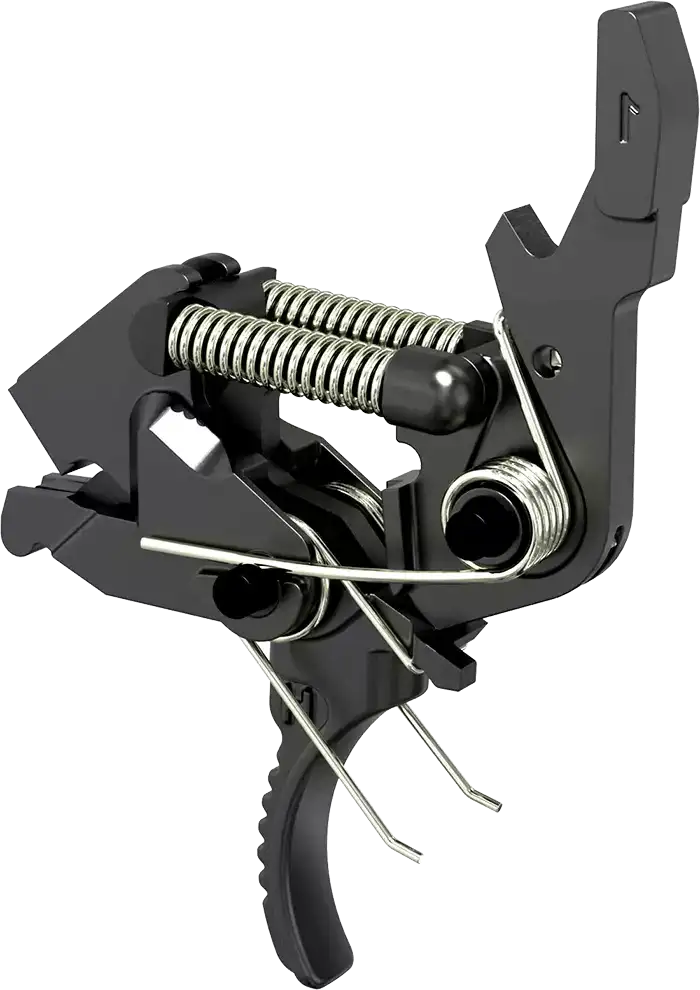Is trigger break-in necessary?
The triggers are ready to go when installed correctly-. However, the initial feel will change over several tens of dry- or live-fires. Why is this?
The triggers are finished with a MIL-spec process called Parkerize, or heavy Manganese Phosphate, as a rust preventive finish (except for the TH24 with the special Nickel plating). When the trigger is pulled and breaks, releasing the hammer to strike the firing pin, the trigger and hammer sear surfaces scrub off the Parkerize exposing the bare metal. During the process, the feel will change slightly. In fact, initial measurements of trigger weight are unreliable for this reason. But, after 100-200 cycles, the feel and weight will stabilize as the sear completes the self polishing process.
Initial weight and feel is also a strong function of spring break-in, especially the hammer spring. After any of the springs are formed, they are heat treated to remove residual stress. The wire surface becomes noticeably rough. Wires that slide on one another exhibit noticeably high friction. The hammer spring is a double-torsion spring. When the hammer is cocked and when the hammer falls, the coils slide on one another. Initially, this sliding friction is very high. This will contribute to variable trigger weight measurement during initial hammer cocks and falls because the hammer spring supplies all of the friction force on the sear. This hammer spring effect is especially operative on the 24 series triggers, which share the toggle spring system, which makes for a more sensitive tactile feedback that many shooters desire. During the 100-200 dry fires noted above, the hammer spring friction effect is eliminated after repetitive sliding of the coil wires has developed self polished interfacial surfaces. It is not expected that any reviewer would be aware of these facts. Nonetheless, it might have affected the review findings or perceptions.








